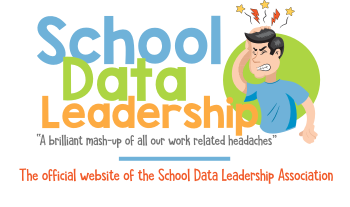National Geographic Kids
Product Details
Overview
National Geographic Kids is an educational brand and resource designed specifically for children, offering a wealth of information and interactive content on a variety of topics.
Student Data Privacy
Review the Common Sense Privacy Rating:
https://privacy.commonsense.org/evaluation/National-Geographic-Kids
https://privacy.commonsense.org/evaluation/National-Geographic-Kids
National Geographic Privacy Policy:
https://privacy.thewaltdisneycompany.com/en/for-parents/childrens-online-privacy-policy/
https://privacy.thewaltdisneycompany.com/en/for-parents/childrens-online-privacy-policy/
Signed California Student Data Privacy Agreement?
No
Features
Ways to Use National Geographic Kids in Education:
- Incorporating Content into Lessons:
- Research Projects: Use articles and videos for research projects on topics such as animals, geography, and cultures. Students can gather information and present their findings.
- Writing Assignments: Have students write summaries, reports, or creative stories based on the content they read or watch.
- Science Experiments: The site often features science-related experiments and activities that can be used to supplement science lessons.
- Interactive Learning:
- Quizzes and Games: National Geographic Kids offers interactive quizzes and games that reinforce learning in a fun and engaging way. These can be used as formative assessments or as a reward for good work.
- Virtual Field Trips: Utilize virtual tours and videos to take students on virtual field trips to different parts of the world, expanding their understanding of geography and cultures.
- Cross-Curricular Connections:
- Math Integration: Incorporate data and statistics from National Geographic Kids into math lessons, such as creating graphs or analyzing data related to wildlife or geography.
- Language Arts: Use the rich, descriptive language in articles and books to teach vocabulary, reading comprehension, and writing skills.
- Engaging Visuals and Media:
- Photos and Videos: Use stunning photographs and educational videos to capture students' attention and enhance lessons. These visuals can be great for discussions and building observation skills.
- Maps and Infographics: Incorporate maps and infographics to teach students about geography, climate, and environmental science in an accessible way.
- Thematic Units:
- Unit Planning: Create thematic units around topics covered by National Geographic Kids. For example, a unit on ecosystems might include articles, videos, and activities related to different biomes and animal adaptations.
- Encouraging Curiosity:
- Student Exploration: Allow students to explore topics of personal interest on the site. This self-directed learning can foster curiosity and a love of discovery.
- Current Events: Use articles and videos on current events and environmental issues to discuss real-world problems and solutions.
Support Options
- Phone
Districts
This list is compiled annually through our web surveys, internet research, and phone interviews with California school districts.
School Districts in California that use National Geographic Kids*
Currently there is no data in the system



